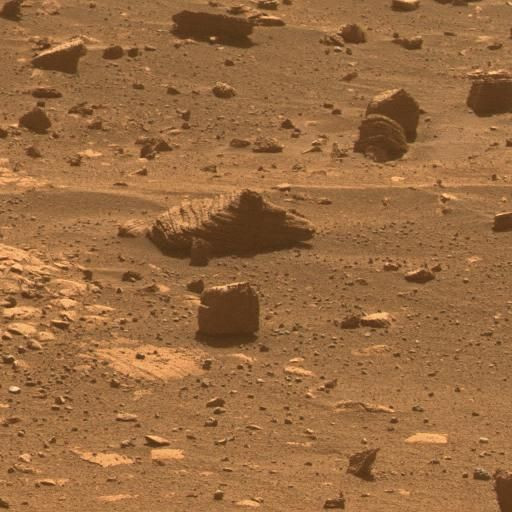Here's How NASA Plans To Prove That Aliens Exist

It is no secret that among NASA’s main objectives for space exploration is not only to plot the history of the universe but also to find life outside of Planet Earth.
For years, scientists have tried to find signs of life, whether existing or long gone, in other parts of the solar system, but probes always come out inconclusive at best. NASA’s last astrobiological experiment happened roughly 43 years ago back in 1976 via two separate Viking probes. Back then, scientists studied soil samples from Planet Mars which were heated at 500 degrees Celcius to find traces of organic fumes.
The result was an inconclusive experiment that brought embarrassment to the U.S. space agency. The chemistry proved that the agency was still ill-equipped for such an advanced experiment and the scientists failed to prove that Mars’ biology is similar to that of Earth. NASA didn’t try to replicate the experiment after that.
The succeeding space missions that happened focused on a more practical approach and that’s the search for water in outer space, focusing much of its efforts on nearby Planet Mars. The premise of this direction is simple enough to understand — where there’s water, there could be life.
However, there is now a renewed call from astrobiologists for NASA to once more start searching for life outside the planet. Last year, the National Academies of Sciences, Engineering and Medicine submitted a report to Congress that said, “NASA should expand the search for life in the universe and make astrobiology an integral part of its missions.”
The group reiterated that astrobiology in space missions is a practical scientific discipline. This is an interesting approach because it changes the search from looking at environments that could support life to looking for organic life forms that, in effect, influence why an alien planet like Mars is what it is now.
The group further stressed that on Earth, organisms continue to thrive even in the harshest environment such as the depths of the ocean or in the hottest desert. Taking this into consideration, then perhaps it is safe to assume that such organisms could survive in the harsh environments of another planet like Mars, the methane-rich moon of Saturn or even among the clouds of Venus.
But how will NASA do this? It might not be far-fetched for NASA scientists to once more replicate the experiments conducted on the Vikings probe. Considering the capabilities of NASA’s technology today (the lander Insight can probe, drill and conduct simple soil experiments) it comes as no surprise if we discover alien life via this method.
Now aside from this, scientists also said that it’s now possible to search for alien life without having to leave Earth. British scientist James Lovelock, one of the minds behind Gaia hypothesis, said that it’s not necessary to reach another planet to know if life exists there.
Missions like planet flyby can already help researchers determine the chemical composition of a planet and, in turn, could also help them determine if life could exist there. With these methods, it won’t come as a surprise if we discover alien life very soon.
© Copyright IBTimes 2024. All rights reserved.





















